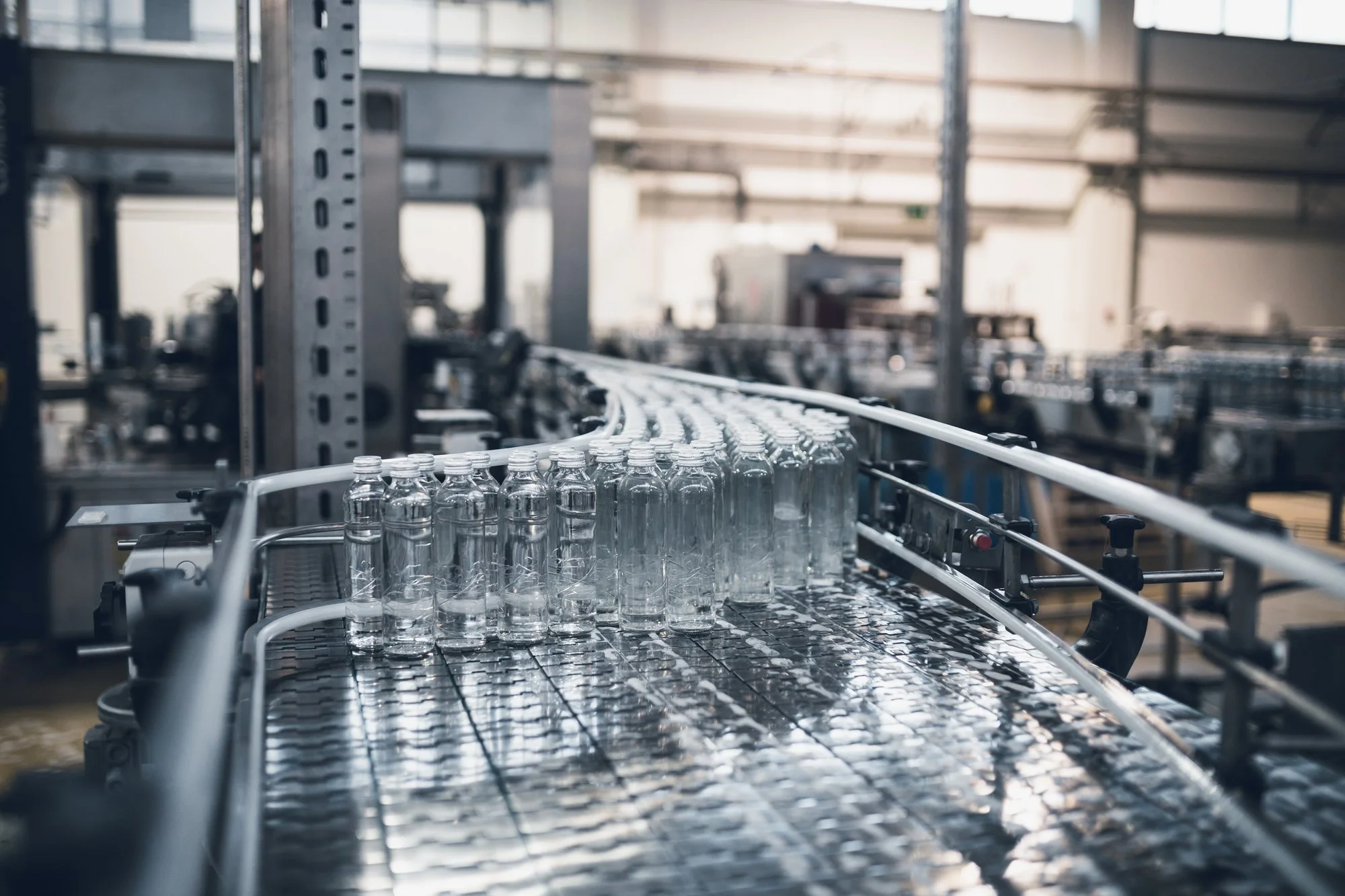How does a glass bottling line work?
Glass bottling lines are complex pieces of machinery with various components that all must be operating effectively to successfully complete a glass bottling beverage production run. We outline below the process flow which occurs at our glass bottling beverage production facility.
Before our packaging team commences the beverage bottling process, they must be alerted that the beverage liquid has been created by our cellar team. Once this has been completed the packaging team commence by sterilising the bottling lines and filters to ensure no cross contamination of product. To ensure the sterilisation process has been successful, ATP and filtration integrity testing is completed before the carbonator is sterilised (if a sparkling product is being packaged).
Then, the carbonator fills with the beverage product as the depalletiser removes glass bottles from their pallet one layer at a time and loads it onto the bottling lines ahead of the glass bottling beverage production run. The glass bottles enter our critical control point where they’re rinsed with both air and nitrogen to ensure no foreign particles are in the bottles before they proceed along the packaging line. If the beverage product requires filtration is required, this is the next stage that occurs in the glass bottling beverage production run. Certain products that are deemed high risk (due to high sugar or low alcohol) have velcorin added (you can read more about Velcorin here). If the product being packaged is carbonated (ie: is sparkling/fizzy) the beverage product passes through the buffer tank before entering the filler. If no carbonation, it bypasses the carbonator and heads straight to the filler.
Once the glass bottle is filled, the selected closure application is applied. This could be a cork, crown seal, muselet, hood or screwcap. If the product requires warming it is then sent to the warmer/ dryer where the bottle is warmed, then washed and dried. If it doesn’t require warming/drying then the product heads straight to labelling and bottle coding. This is where the front, back and neck labels are applied to the bottle, alongside lot number coding.
At this stage, depending on the beverage production, the glass bottles (cider/rtd) may be wrapped in clusters before being wrapped in a carton. If it’s a standard product that doesn’t require cluster and carton wrapping, it instantly heads to be placed into cartons. This happens by a robot lifting bottles from their heads directly into a formed carton. Regardless of what stage the bottle followed, the full cartons are coded with lot number and best before coding, before being weight checked and then stacked onto a pallet where the full pallet is wrapped ready for transport. Tracking barcodes are placed onto the pallet at this point in time and all quality assurance information is recorded for the completed pallet.
When operating, glass bottling beverage production runs appear seamless, however there are numerous imperative stages of the process. Interested in our glass bottling beverage production services? Contact us today.
